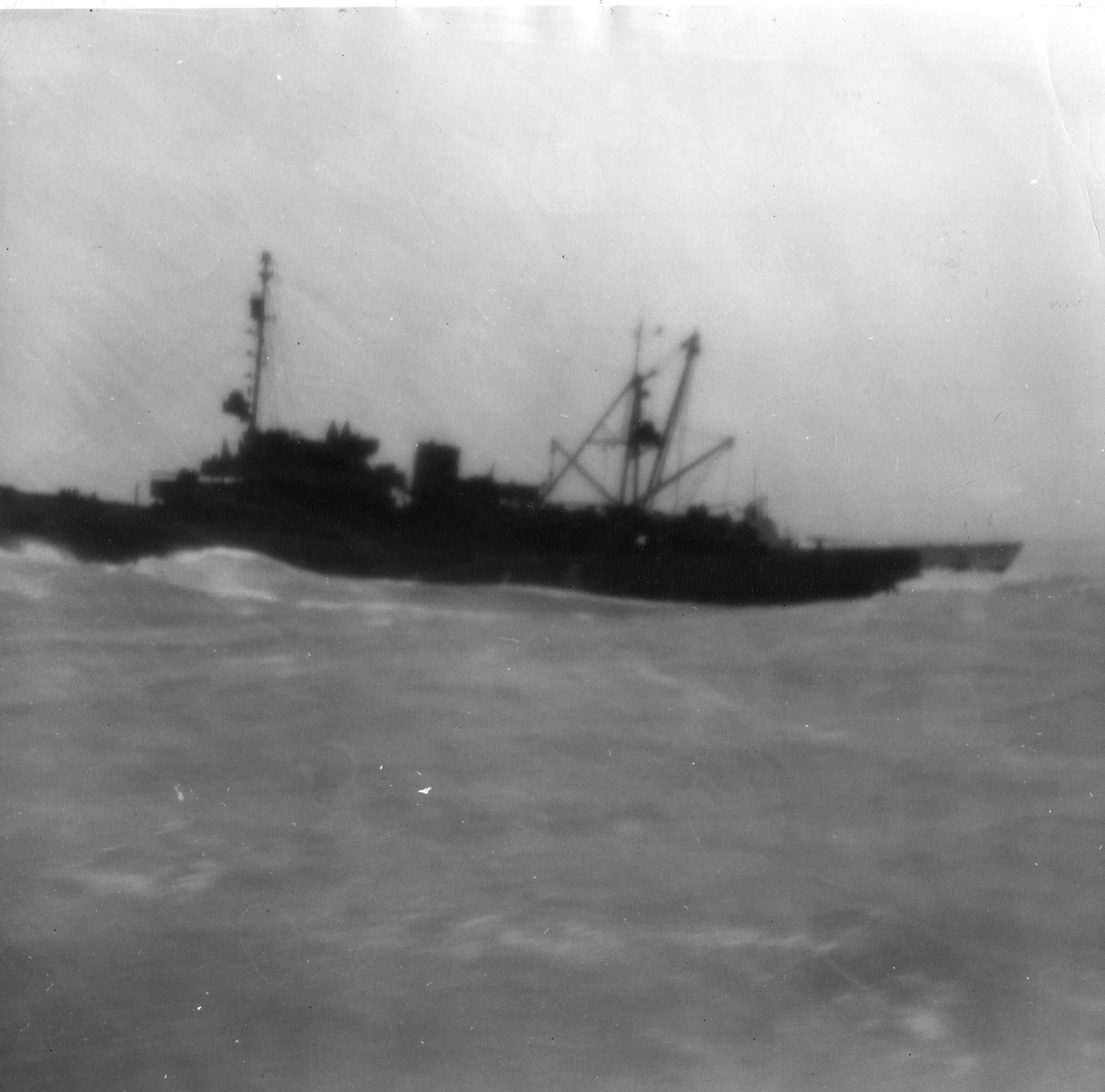Paul Willits Burton was born 29 September 1911—by some accounts in Berkeley, California, by others in neighboring Oakland or Alameda—the younger of two children, both sons, of Norman Gilbert Burton, a career Marine officer, and his wife, n. Virginia White Willits, the daughter of a rear admiral. Both the Burton and Willits families were from Philadelphia.
Paul traveled extensively with his family as a child, following his father to postings in the Philippines and China. The Burtons were in Manila in 1914, Kobe, Japan, in 1915 and Peking (ie, Beijing) in 1916 and again from 1923 to 1925. Paul attended grammar schools in Oakland and Philadelphia, junior high school (or its equivalent) in Peking, and high school at the Haverford School in Haverford, Pennsylvania, outside Philadelphia. In 1929 he enrolled at the US Naval Academy in Annapolis, Maryland, where he ran track and cross-country. He graduated in 1933.
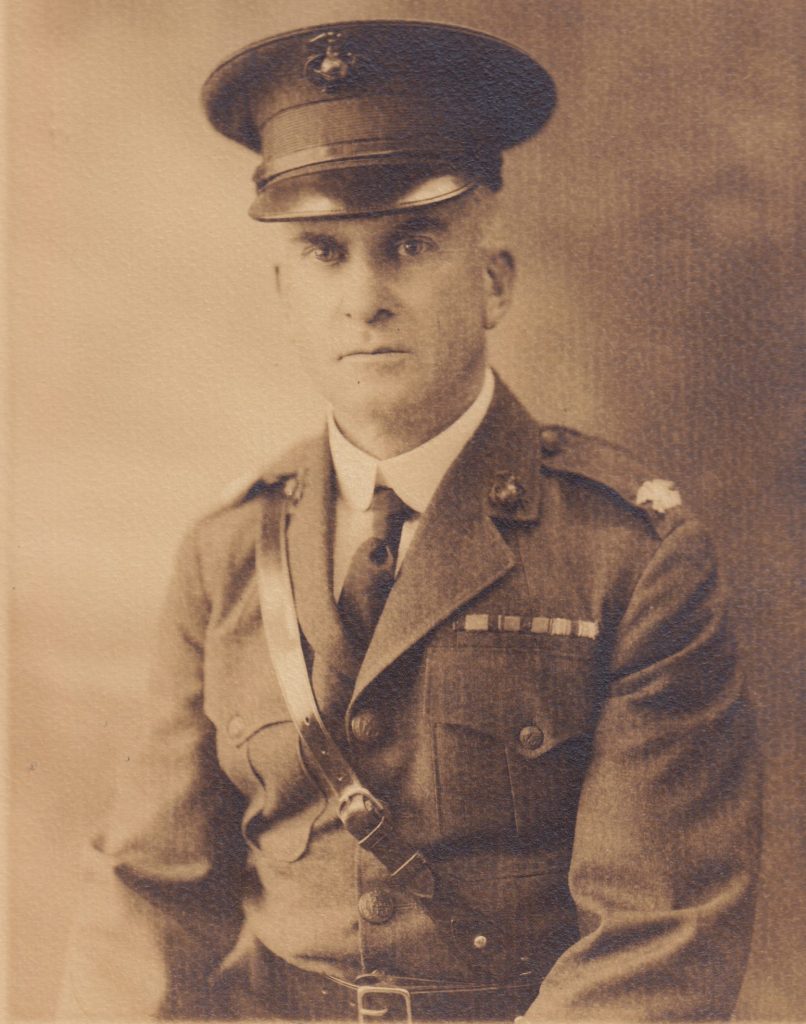
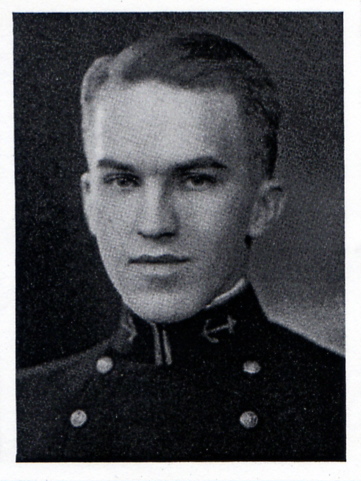
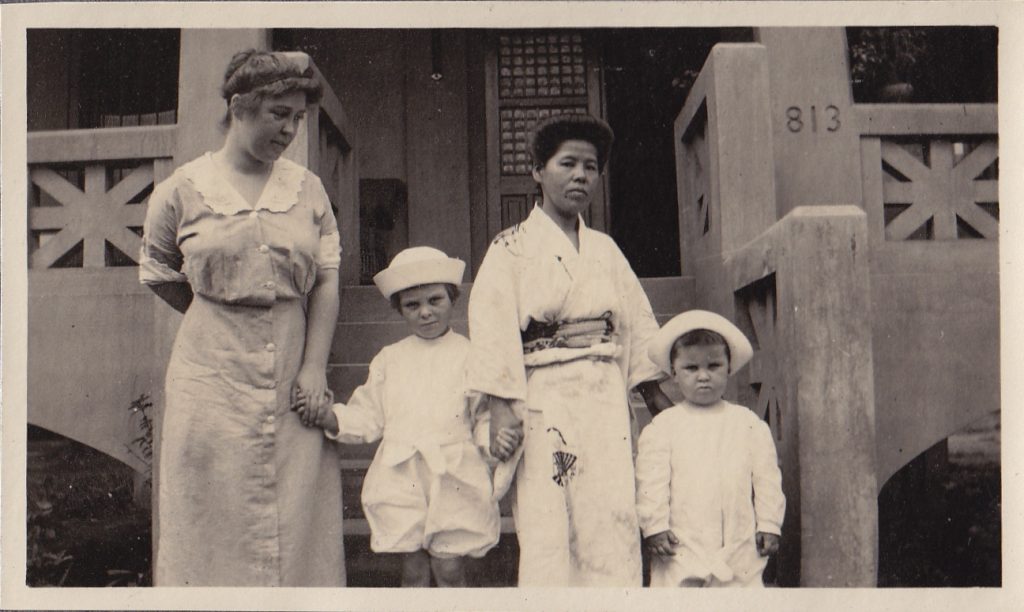
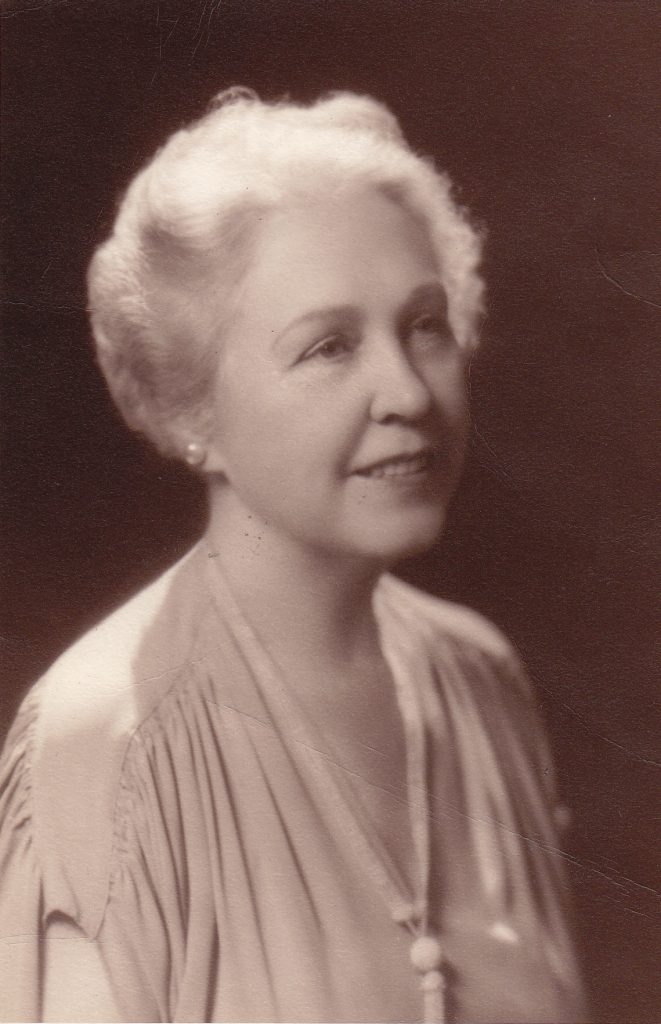
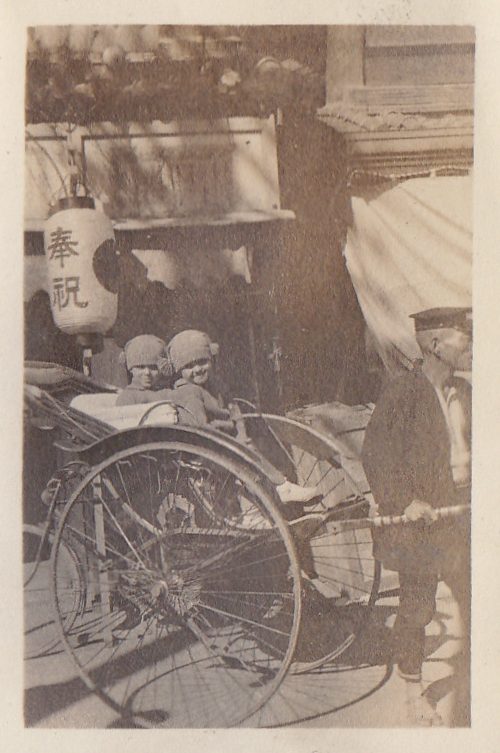
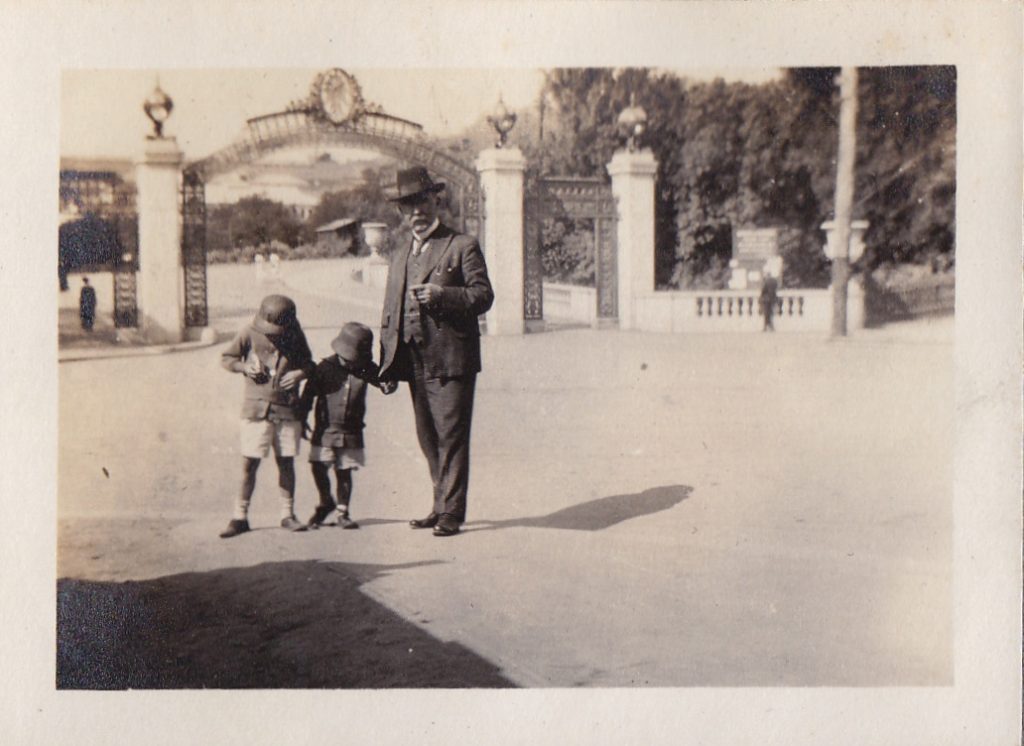
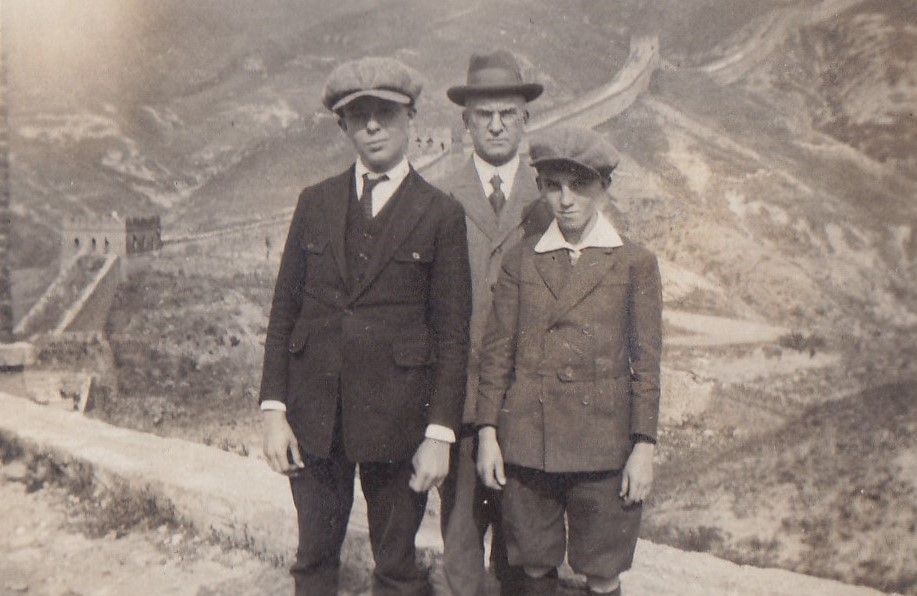
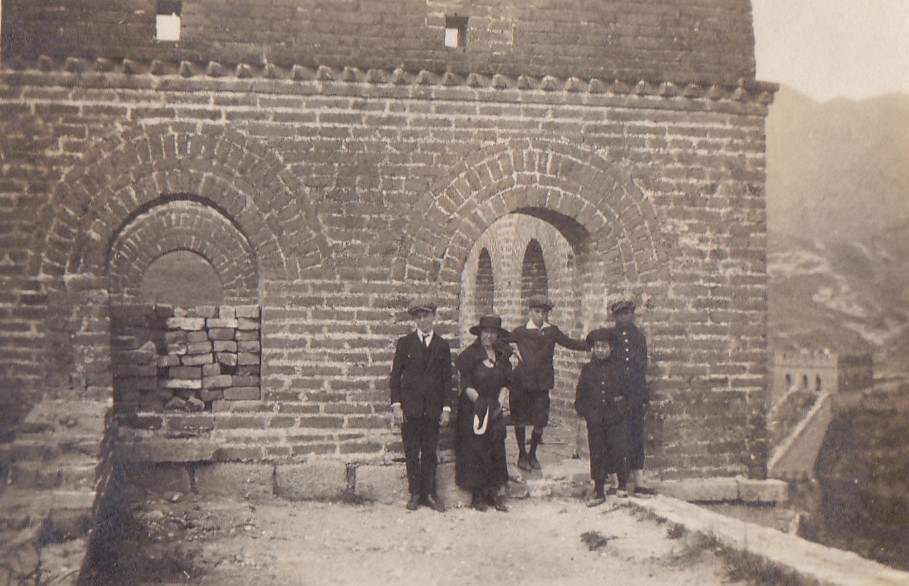
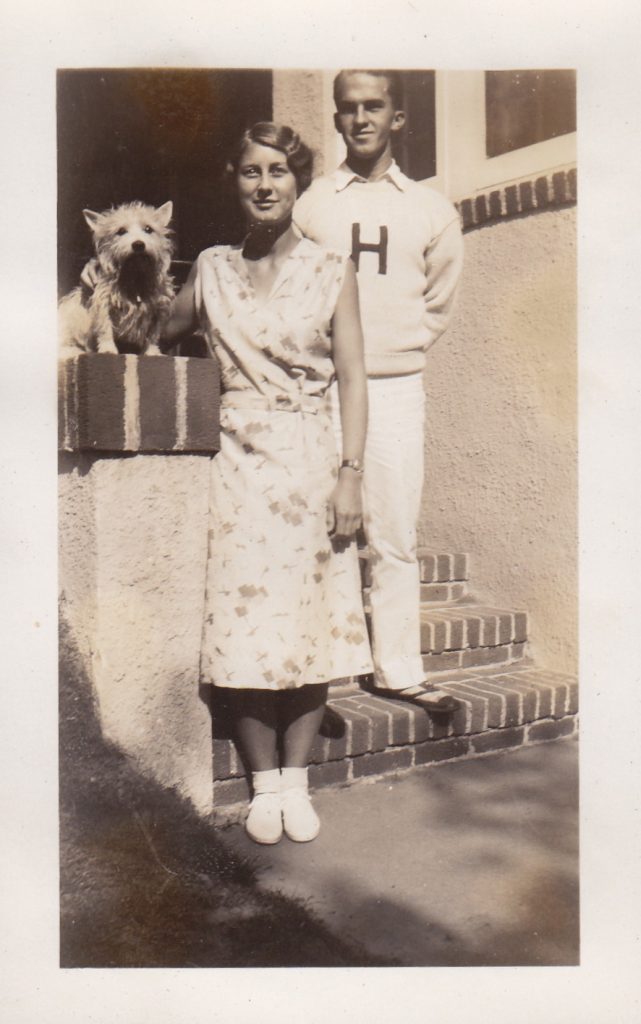
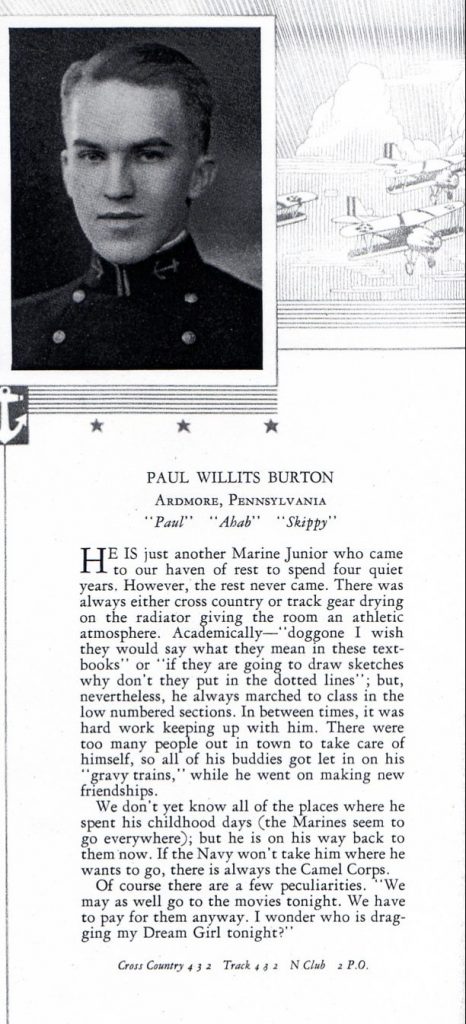
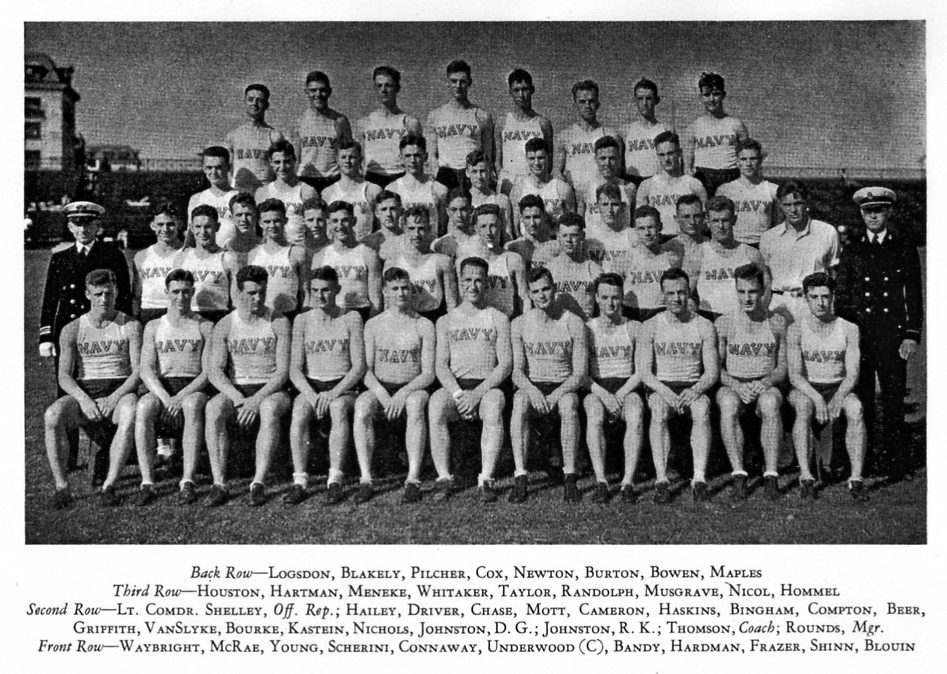

Commissioned an ensign that June, he served about two and a half years aboard the USS Saratoga (CV-3), one of the nation’s first aircraft carriers. In December 1934 he requested submarine duty. In 1935 he married his longtime girlfriend, Elizabeth Porter Watson of Asbury Park, New Jersey.
In 1936 he attended submarine school at New London, Connecticut, reported to submarine S-44, based in the Panama Canal Zone, and received a commission as a lieutenant junior grade. By July 1939 he had been deemed qualified for command of submarines by the Bureau of Navigation and reassigned to submarine R-2, based back in New London.
In February 1941 he was assigned to the Navy Yard in Washington, DC, for deep-sea diving school. That June he returned again to New London as an instructor at the submarine escape training tank. Then in July 1942 he was assigned to the submarine USS Tarpon (SS-175), which was undergoing a refit at the time at Mare Island on San Francisco Bay.
It was aboard the Tarpon that Paul Burton’s naval career took a turn toward disaster. Burton was the XO, the executive officer or second in command, on the Tarpon. The skipper was Lt. Cmdr. Thomas Lincoln Wogan, USN. They served through two war patrols together, the Tarpon’s fifth (22 October – 10 December 1942) and sixth (10 January – 25 February 1943), and after the latter, Wogan wrote a memo to the naval brass at Pearl Harbor recommending that Burton’s qualification for command of a submarine be revoked—in naval parlance, that he be “blackballed.”
In his memo, Wogan tasks Burton with navigational incompetence, “lack of judgment, indecision, inaccuracy, and an unfortunate personal manner which does not inspire confidence in either his superior officers or his subordinates.”
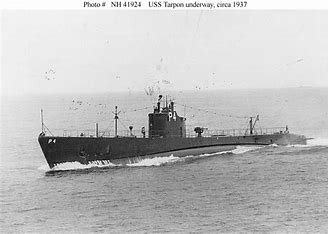
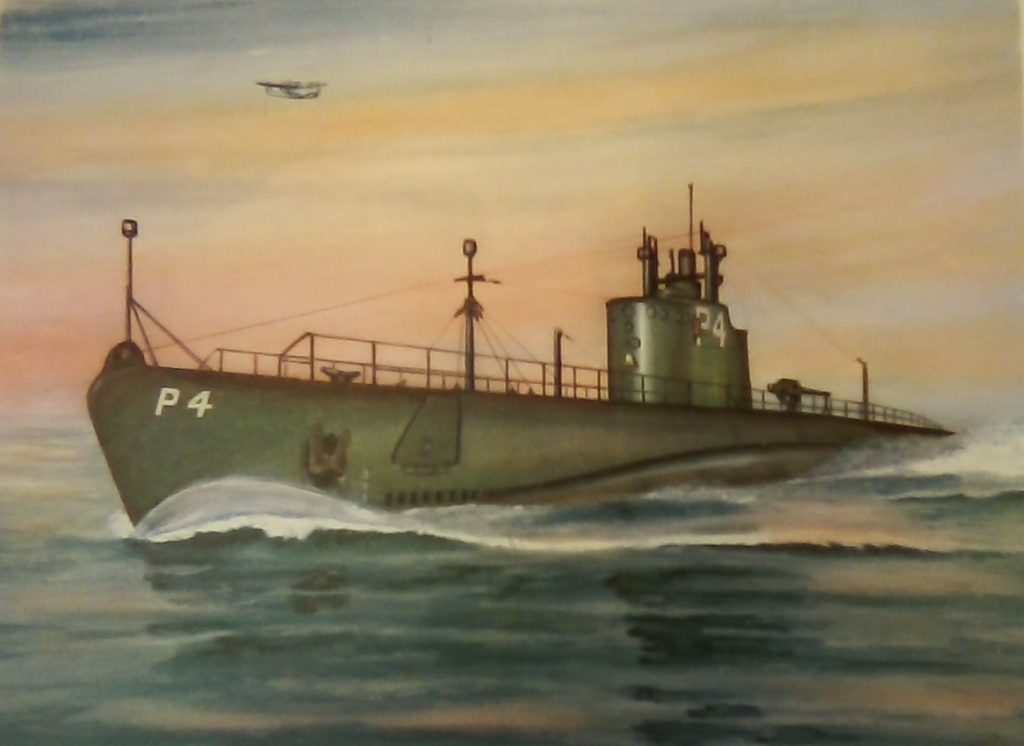
The two men had much in common. Both were from Philadelphia, both Naval Academy graduates, both family men and both bearers of proud military pedigrees. But pretty clearly there was a personality conflict between them. In any case, whatever Paul Burton’s merits or demerits, Wogan’s recommendation was accepted. Burton was detached from the Tarpon on 16 March 1943 and reassigned to command of the Macaw.
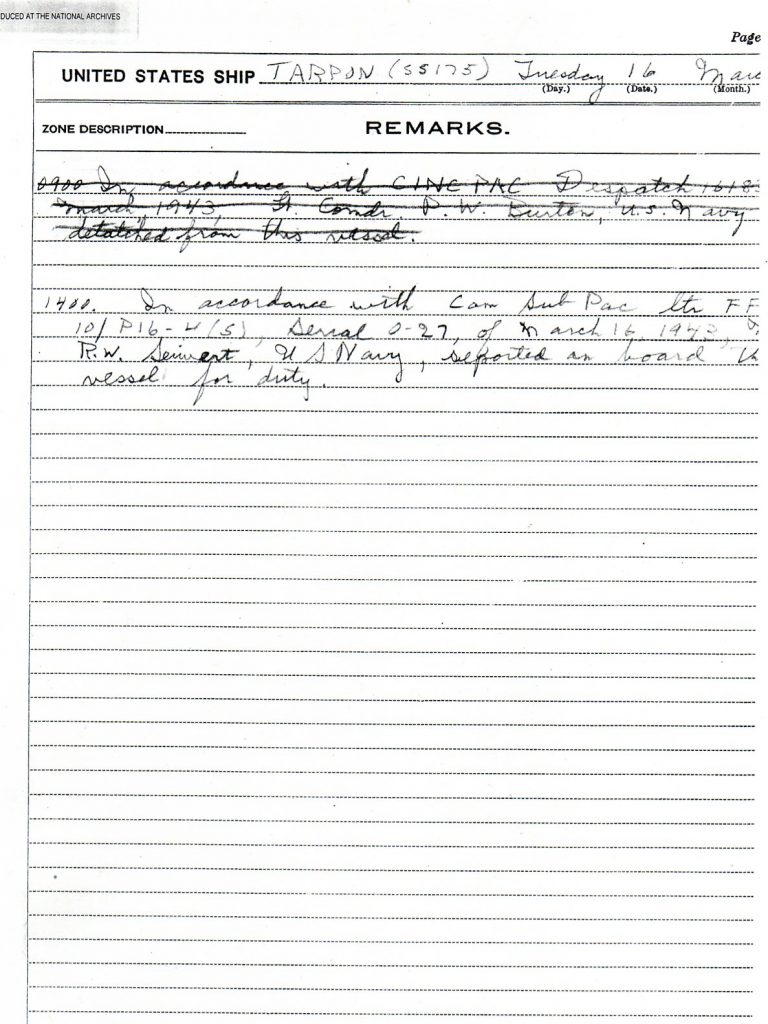
Theoretically this represented a step up in the ranks, from XO status on one vessel to command of another. But in fact Paul Burton’s reassignment was a humiliating demotion. Submarine duty is prestigious, submarine rescue vessel duty considerably less so. The disparity in glamor is akin to that between a star athlete and a stretcher bearer who helps carry him off the field when he gets hurt. Burton had been banished. As if to add insult to injury, someone crossed off the entry in the Tarpon’s log noting his detachment.
Burton wrote a statement responding to his revocation. He closed it with this: “After all is said and done I feel toward my submarine duty as the little lad must feel whose ice cream cone slips into the filth of the street on a hot summer day. Nothing was more cherished, and yet spoiled with such finality.”
Banishment from submarine duty was not, in fact, necessarily final. Paul Burton’s fellow Naval Academy graduate and submarine reject George Arthur Sharp, with whom Burton was destined to cross paths at a juncture critical for both men, was a case in point. In 1939 Sharp, age 33, was the youngest CO (commanding officer) in the Navy. It was from his ship, the submarine rescue vessel USS Falcon (ASR-2), that the McCann rescue chamber, a specialized diving bell for use in submarine rescue operations, was first successfully deployed in the rescue that May of 33 sailors from the submarine Squalus (SS-192), which had sunk during a test dive off Portsmouth, New Hampshire.
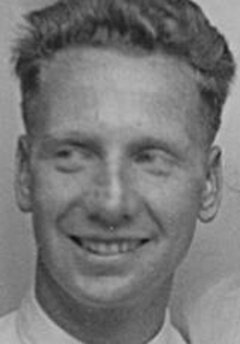
Four years later Sharp was given command of the submarine USS Spearfish (SS-190). His tenure aboard the Spearfish was brief. After one disappointing war patrol, he was relegated to the USS Florikan (ASR-9), one of the Macaw’s four Chanticleer-class sister ships. It was standard procedure during the war to assign failed submarine officers to submarine rescue vessels.
The Florikan, under Sharp, was tasked on 22 January 1944 with towing the stricken submarine Flier (SS-250) to Pearl Harbor from Midway, where the Flier and its would-be rescuer the Macaw, under the command of Paul Burton, had run aground in quick succession six days before. And it was in response to the seamanship Sharp demonstrated during that passage, maneuvering deftly amid heavy seas to reestablish a ruptured tow line, that he was allowed back into the submarine fraternity proper and given command of the USS Nautilus (SS-168). By the time he died of a brain tumor in 1957, Sharp had risen to the rank of rear admiral.
Fate offered Paul Burton no such path to redemption. The mishap that led to George Sharp’s getting a second chance, the grounding of the Flier, led to Burton’s losing his ship and his life. Having run aground itself in attempting to go the aid of the grounded Flier on 16 January 1944, and remained stuck through a futile four-week salvage campaign, the Macaw sank amid an episode of huge waves the night of 12-13 February 1944. There were 22 men aboard the Macaw at the time. Most of them were washed overboard trying to get from the flooding pilot house to the foremast as the ship went down. Burton and four enlisted men died in the sinking, as did three sailors from the naval operating base at Midway in a pair of unauthorized rescue attempts. Paul Burton was 33 years old. He was survived by his wife, Elizabeth, and two children.
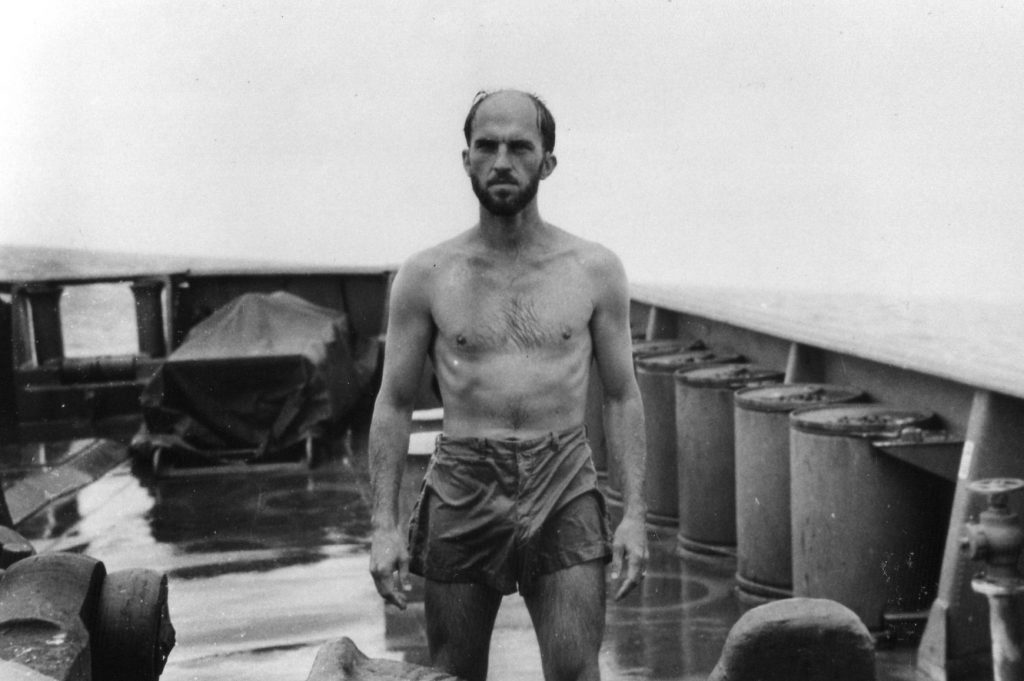
Paul Burton chronology
• 29 September 1911 — Born (in Alameda, CA, per California Birth Index) to Major Norman Gilbert and Virginia (n. White Willits) Burton.
• March 1914 — In Manila, the Philippines, with his father, mother and brother, Thomas
• September 1915 — In Berkeley, CA
• November 1915 — In Kobe, Japan
• July 1916 — In Peking (ie, Beijing), China, with parents and brother
• September 1917 – June 1921 — Overbrook School, Overbrook, PA
• September 1921 – June 1923 — University (Junior?) High, Oakland, CA
• September 1923 – June 1925 — Peking American School
• September 1925 – June 1928 — Haverford School, Haverford, PA
• September 1928 – February 1929 — Werntz Prep, Annapolis, MD
• March 1929 – June 1929 (apparently) — Haverford School
• 27 April 1929 — Runs second leg on Haverford’s winning mile relay team at Penn Relays in Philadelphia.
• 13 June 1929 — Reports to US Naval Academy, Annapolis, MD.
• 1 June 1933 — Detached from Naval Academy; accepts appointment as ensign.
• 30 June 1933 — Reports to USS Saratoga (flagship of the Aircraft, Battle Force, based as of February 1936 at Bremerton, WA; c. 1933 perhaps at San Diego).
• 12-28 August 1934 — Seventeen-days leave
• December 1934 — Requests submarine school.
• c. 11 June-10 July 1935 — Thirty-days leave
• 18 June 1935 — Marries Elizabeth Porter Watson in Asbury Park, NJ.
• c. 3 December 1935 — Detached from USS Saratoga, assigned to submarine school.
• 12 December 1935 to 1 January 1936 — Twenty-days leave
• 2 January 1936 — Starts submarine school, New London, CT.
• 30 April 1936 — Completes Naval War College correspondence course in strategy and tactics.
• 27 May 1936 — Completes submarine training.
• 1 June 1936 — Commissioned lieutenant jg.
• 20 June 1936 — Reports to commander, USS Nitro, at Norfolk, VA, for temporary duty.
• 26 June 1936 — Departs for Panama Canal Zone.
• 3 July 1936 — Reports for duty aboard USS S-44.
• May 1939 — Deemed “qualified for command of submarines” by Bureau of Navigation.
• 24 June 1939 — Chief of Bureau Chester W. Nimitz writes endorsement congratulating Burton on completion of Naval War College correspondence class in international law.
• 29 June 1939 — Detached from USS S-44.
• 9-18 July 1939 — Leave
• 18 July 1939 — Reports to USS R-2.
• 2 January 1941 — Accepts appointment as lieutenant.
• 10 February 1941 — Detached from USS R-2.
• 13 February 1941 — Reports to Navy Yard, WDC, for Deep Sea Diving School.
• 16-21 April 1941 — Six-day leave
• 16 April 1941 — Daughter, Barbara, born.
• 13 June 1941 — Detached from Deep Sea Diving School.
• 28 June 1941 — Reports to Submarine Base, New London, CT, for duty as instructor at Submarine Escape Training Tank.
• 17 July 1942 — Detached from Submarine Base, New London, assigned to USS Tarpon.
• 23 July 1942 — Reports aboard USS Tarpon at Mare Island, CA (Lt. Cmdr. L. Wallace commanding).
• 1 October 1942 — Promoted to lieutenant commander.
• 22 October – 10 December 1942 — Fifth war patrol of USS Tarpon (Lt. Cmdr. Thomas Lincoln Wogan commanding).
• 10 January – 25 February 1943 — Sixth war patrol of Tarpon.
• 7 February 1943 — Son, Paul Jr., born.
• 10 March 1943 — Tarpon skipper Thomas Lincoln Wogan writes letter to Commander Sub Force, Pacific Fleet, recommending that Burton’s designations as “qualified for submarine duty” and “qualified to command submarines” be revoked.
• 17 March 1943 — Detached from Tarpon, assigned to USS Macaw.
• 6 April 1943 — Reports to assistant supervisor of shipbuilding, Oakland, CA.
• 12 July 1943 — Presides at commissioning of Macaw on San Francisco Bay.
• 28 August 1943 — Macaw departs SF Bay with convoy PW2294.
• 2 October 1943 — Macaw arrives Espiritu Santo.
• 16 October 1943 — Macaw arrives Funafuti.
• 22 November 1943 — Macaw arrives Pearl Harbor.
• 8 January 1944 — Macaw arrives Midway.
• 16 January 1944 — Macaw runs aground on reef at Midway in attempt to rescue submarine USS Flier.
• 13 February 1944 — Macaw sinks. Burton and seven enlisted men — four from his crew and three would-be rescuers from NOB Midway — die.
Sources: US Naval Academy microfilm records, inter alia
